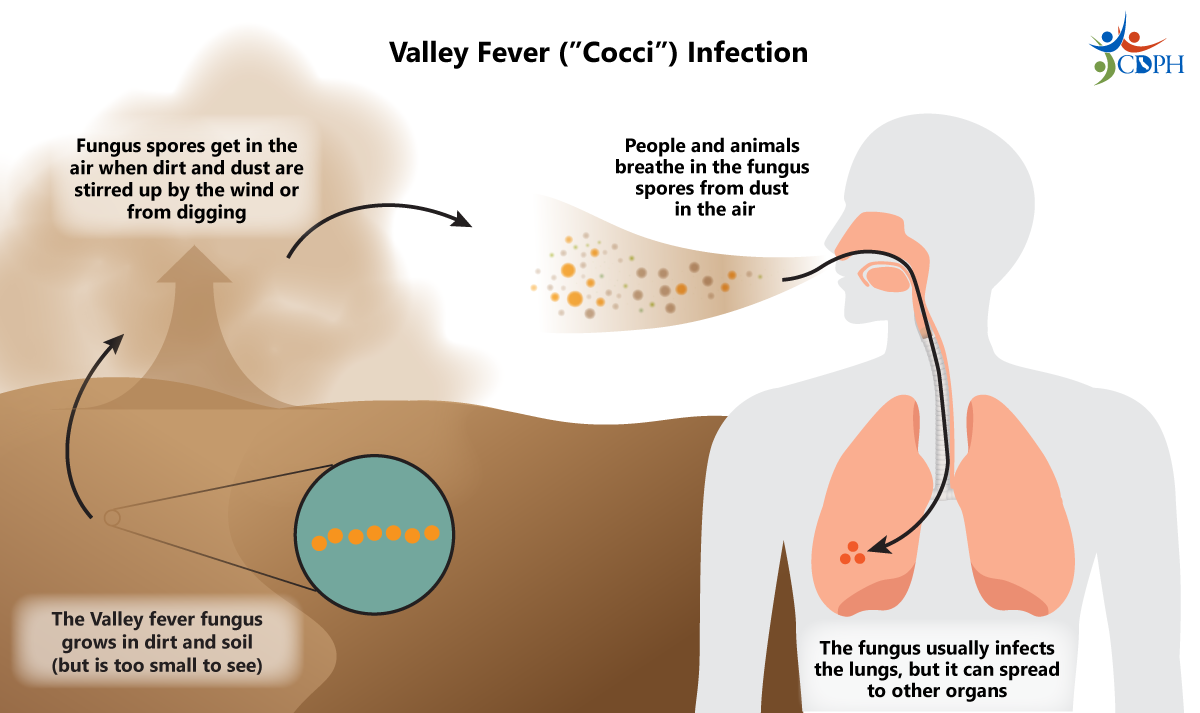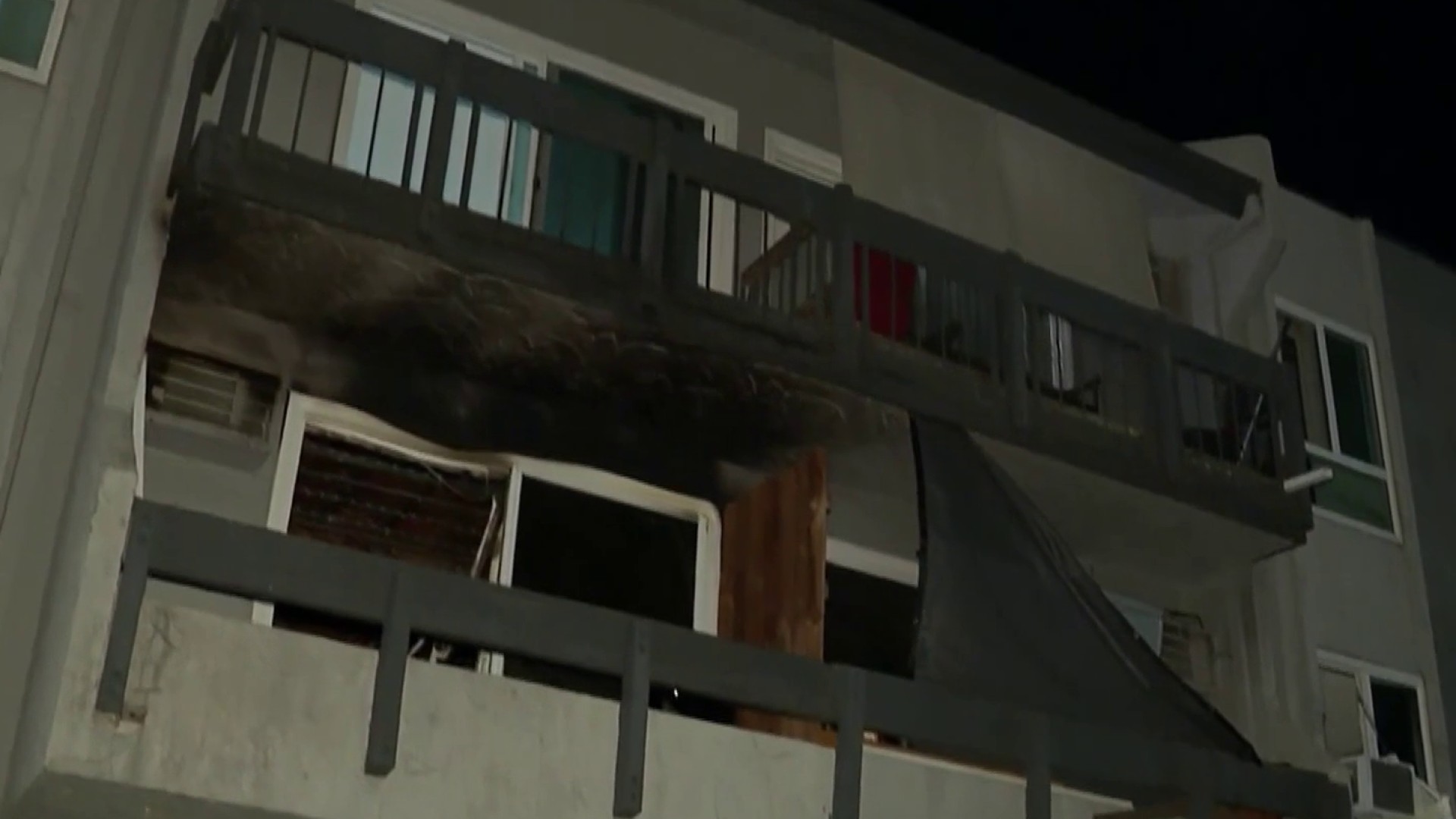What to Know
- California health officials expect an increased risk of Valley fever infections due to past winter's wet weather.
- Valley fever is caused by breathing in fungus found in dust. Symptoms include cough, fever, chest pains, body aches, and fatigue.
- Officials recommend the public recognize symptoms and avoid exposure to dusty air.
Public health officials are warning the public about an increased risk of Valley fever spreading throughout California this summer and fall.
According to the California Department of Public Health, Valley fever, also known as coccidioidomycosis or “cocci," usually infects the lungs and leads to prolonged respiratory problems such as cough, fever, chest pain, body aches and fatigue or tiredness.
For some individuals, the symptoms can be severe enough to require missing work, school, or other daily activities.
Get top local stories in Southern California delivered to you every morning. Sign up for NBC LA's News Headlines newsletter.
Valley fever is caused by breathing in fungus spores that grow in dust and dirt. However, a rainy season can lead to the fungus being spread into the air.
“California's dry conditions, combined with recent heavy winter rains could results in increasing Valley fever cases in the coming months," said CDPH Director and State Public Health Officer Dr. Tomás Aragón.
Local
Get Los Angeles's latest local news on crime, entertainment, weather, schools, COVID, cost of living and more. Here's your go-to source for today's LA news.
Research from the University of California, Berkley and CDPH found that periods of drought followed by a heavy rain season increases the transmission of the fungus which causes Valley fever.
Due to the historic wet winter Southern California experienced, experts and CDPH officials urge the public to be cautious and learn how to distinguish the illness from other respiratory diseases, such as COVID-19.
According to the CDPH, symptoms may last a month or more and laboratory tests are needed to determine whether an individual has Valley fever or another illness.
If a COVID-19 test comes back negative, but respiratory symptoms last for longer than a week, officials advise speaking to a doctor and asking whether the symptoms could be caused by Valley fever.
“To protect yourself and your family, know the symptoms of Valley fever, which will help ensure early detection. Individuals with lingering cough and fatigue should talk to a health care provider about Valley fever, especially if they have been outdoors in dusty air," said Dr. Tomás Aragón.

Rates of Valley fever infection are highest in the Central Valley and Central Coast regions, including Kern, Kings, San Luis Obispo, Fresno, Tulare, Madera, and Monterey counties. However, officials have seen an increase in Valley fever cases in other areas of the state in recent years, including the Northern San Joaquin Valley and Southern California.
Officials recommend the following tips to mitigate your exposure to Valley fever:
- Avoid dust outside in places where Valley fever is common.
- Stay indoors and keep windows and doors closed when it's windy outside and the air is dusty.
- Before digging, wet down soil and dirt to prevent stirring up dust into the air.
- Consider wearing a properly fitted N95 mask if you must be in dusty air outdoors in these areas.



